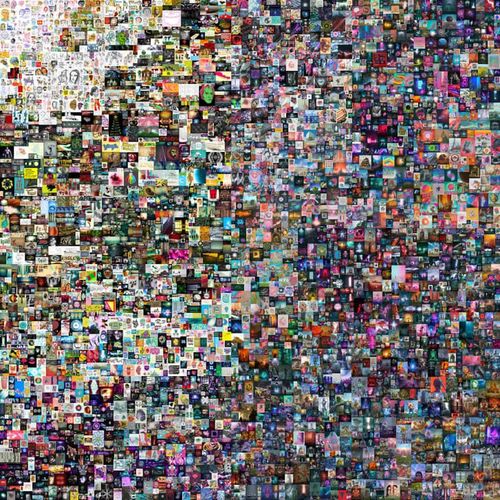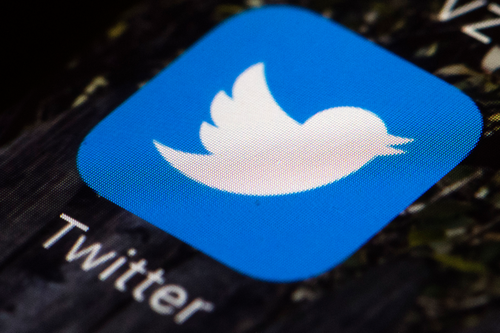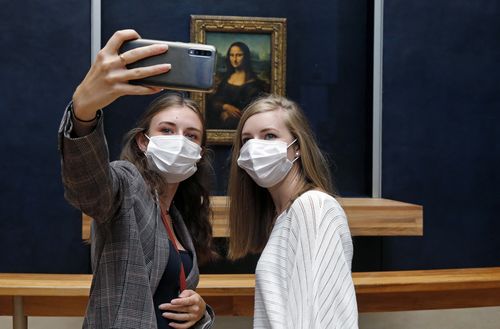Five days ago a jpg file – yes, a picture file – sold for more than $88 million. Let’s backtrack to how it got there.
The file, a digital artwork known as “Everydays: The First 5000 Days”, was created by an artist known as Beeple, and was sold via auction house Christie’s.
The artwork was the first virtual Non-Fungible Token (NFT) sold by a major auction house and represents the internet’s newest, most confusing asset.
Here’s a very simple guide to telling your mates at the pub you know what an NFT is:

Let’s take this slow, because NFTs are the result of complex computer algorithms that can get extremely technical, extremely quickly.
We’ll only be scraping the surface of what they are, and what they can be used for.
An NFT is a Non-Fungible Token.
In its most simple explanation, it attributes ownership of a digital property to one single person.

I’m sort of there … Why would someone buy an NFT?
The purpose of buying an NFT is to have explicit proof that you own something that is more or less completely online.
If you explicitly own an online property, then you have the right to license or re-sell it.
In some ways it gives you bragging rights, in other ways it gives you ownership papers (so to speak) when it comes time to sell something expensive.
Okay. But it’s a picture on the internet. What’s to stop a million people just copy and pasting it?
Good point. There is nothing to stop people screen-grabbing the image and pretending they own it.
But when it comes time to sell, you’ll need the NFT to prove that you are the owner.
Art is the best way I have of explaining. Take the Mona Lisa for example. Anybody can look up the painting on Google Images and print it out and have the Mona Lisa in their living room.
A step further, there is nothing to stop incredibly talented artists from creating masterful fakes.
But if someone were to sell the Mona Lisa, they would have to prove that they own Leonardo Da Vinci’s original currently hanging in the Lourve in Paris.
An NFT is that ownership proof for an artwork that was created – and exists – digitally. A bit like the internet’s version of rego papers for your car.

How does someone prove they have an NFT? What is it?
Slow down there. Here is where it gets complicated.
NFT ownership is verifiable on a blockchain – the same technology behind the world’s most famous cryptocurrency Bitcoin.
A blockchain is a digital ledger of transactions that is duplicated and distributed across a massive network of computer systems.
It’s very hard to have the “record” of the blockchain changed because it’s all in real time across so many computers known as nodes.
Typically an NFT is a unique 40-digit sequence of letters and numbers.

So is this just an art world thing? Why is it so expensive?
I cannot for the life of me explain why NFT art is so expensive right now.
It’s sort of the “hip” thing in the art world right now, and it coincides with Bitcoin booming and blockchain technology coming into the mainstream.
For many, it’s a way that artists can finally make real money from mediums that have typically failed due to the steal-ability of the internet.
It’s not just for art. An NFT proving ownership can be applied to Tweets, to music, to video game files.
The information provided on this website is general in nature only and does not constitute personal financial advice. The information has been prepared without taking into account your personal objectives, financial situation or needs. Before acting on any information on this website you should consider the appropriateness of the information having regard to your objectives, financial situation and needs.
This content first appear on 9news
